21 reasons why Greens should love natural gas
Natural gas is greener than many "Green" energy sources.
Make someone’s day: Gift a subscription to your friends and family!
The cornerstone of the Third Energy Transition is natural gas. While a few nations have abundant hydroelectric resources or a robust electrical grid powered by nuclear power, most nations do not. Unfortunately, nuclear power is currently too expensive in most countries, and it can only generate electricity, so another energy source is needed.
For the United States in particular, successfully making a Third Energy Transition will require a large increase in natural gas production. For a long time, doing so appeared to be geologically impossible, but the dramatic increase in shale gas estimates has shown that it is not only possible, but it is inevitable if government policy does not stand in the way.
See also my other posts on Energy:
The following is an excerpt from my second book Promoting Progress: A Radical New Agenda to Create Abundance for All. You can order e-books at a discounted price at my website, or you can purchase full-price ebooks, paperback, or hardcovers on Amazon.
Other books in my “From Poverty to Progress” book series:
Natural gas has an extraordinary number of advantages over other energy sources:
The world has 188 trillion cubic meters of proven natural gas reserves, while the United States alone has 12.6 trillion (Our World in Data). Given past results, it is extremely likely that actual recovery will be far beyond those amounts.
We have enough natural gas to last for generations. Because of constant technological innovations in exploration and drilling, proven natural gas reserves in the United States and the rest of the world keep growing despite constant extraction.
American natural gas is affordable, and, thanks to the Shale Revolution, has had stable and low prices since 2008. The only real price spike was due to Europe desperately needing LNG after the 2022 Russian invasion of Ukraine. As of 2024, Henry Hub prices are now lower than ever.
Natural gas can be used in every sector of the economy: electricity, industry, commercial and home appliances. While 78% of petroleum is used for the transportation sector, and 90% of coal is used for electricity, gas is far more flexible. Gas is commonly used in residences for heating, air conditioning, heating water, cooking, and refrigeration. Only within the transportation sector is natural gas less than ideal due to its gaseous form (EIA 2021).
Natural gas is by far the biggest electricity producer, and it is the biggest reason why the USA has retired so many coal plants since 2000. Solar and wind get the publicity, but natural gas delivers the results.
Deploying natural gas plants will actually lower electricity costs once the construction costs are paid off.
Natural gas is the only energy source that can cost-effectively replace coal in industrial uses, for example in metal production (EIA 2021).
Natural gas is the only energy source that can cost-effectively replace crude oil in the production of petroleum byproducts (Zeihan 2016).
Natural gas emits much less carbon and dramatically less pollutants than coal (Smil 2015). Combined Cycle Gas Turbines (CCGT) are extremely fuel efficient and they emit far less carbon per unit of energy. A new CCGT plant emits one-third of the carbon per unit of energy (752.3 pounds per MWH) compared to an existing coal plant (2162.6 per MWH) (Frank).
Better yet, the efficiency of CCGT technology keeps improving. The most recent versions of General Electric H-class CCGT plants convert energy with 64+% efficiency. Even more impressive, H-class plants can start up in less than 30 minutes, so they can modulate with customer demand. This makes CCGT far more useful for generating electricity than coal, nuclear, oil, solar, wind, or biomass.
New natural gas plants have the lowest construction costs and the quickest time to deploy (per unit of energy) for any electrical generator. And unlike solar and wind, there are no “system costs” which dramatically increase the actual cost of deploying solar and wind.
Gas-powered electrical plants can be run constantly to produce base load electrical power, and they can also be rapidly cycled to produce peak electricity. With the exception of hydroelectric dams and some nuclear plants, no other energy source can do this (Smil 2015).
Whether burned directly or consumed via electricity, natural gas is constantly available and easily modulated with little human labor.
Natural gas is extremely convenient and clean to use both at home, at commercial sites and within industry.
Though pipelines occasionally explode due to poor maintenance, natural gas is extremely safe (Smil 2015).
Modern gas turbines offer the most energy-efficient means of converting chemical energy into electricity (EIA).
Gas-powered electrical plants have the lowest construction costs and are the quickest to build of any utility (EIA 2018)
Natural gas drilling and combustion sites use very little land, although pipelines are fairly land intensive (Zeihan 2016).
Gas-powered electrical plants can be run constantly to produce base load electrical power, and they can also be rapidly cycled to produce peak electricity. With the exception of hydroelectric dams, no other energy source can do this (Smil 2015).
Natural gas is cost-effective to store and transport via pipelines. It is, however, much more difficult to transport over deep waters (Smil 2015).
Natural gas pipelines can transport far greater volumes of energy (10-25 GW) than electric lines (2-3 GW). Energy losses during transmission are also far lower than for electricity (Smil 2015).
Exploration of shale gas fields outside of the US has just gotten started, so this is probably just the beginning of the proven reserves.
For all the reasons listed above, natural gas is an irreplaceable energy source given the current technology. No other energy source comes even close to all the advantages that natural gas possesses. Particularly if you are concerned about lowering global carbon emissions while maintaining economic growth, natural gas is a no-brainer.
Despite the enormous subsidies for solar and wind, natural gas is far more widely used. Natural gas made up 24.4% of global energy usage in 2021. In Europe, gas made up 33.6% of total energy usage, while in North America it made up 32.8%. The continent with the lowest natural gas usage is Asia, with 18.4% (Our World In Data).
Renewables Need Natural Gas
The second type of natural gas power plant is a conventional power station. Rather than going through two separate electricity-generating steps, conventional stations only burn natural gas to spin a steam turbine. Unfortunately, this type of power plant is far less energy-efficient than CCGT: only about 30-40% of the energy in natural gas is converted into electricity.
If it were not for Green energy policies, conventional gas power stations would largely have been phased out in favor of more energy-efficient CCGT plants. Conventional natural gas plants are very important because they take much less time to warm up and operate at peak efficiency. This makes them excellent “peakers.” Peakers generate electricity for very short periods to even out short-term variations in electricity production and consumption. Because natural gas peakers are less efficient than CCGT, they burn more gas, cost much more to run, and emit more carbon.
Natural gas peakers play a crucial role in supplementing intermittent solar and wind power. Without natural gas peakers, short-term variations in wind and solar power would constantly collapse the electrical grid. So Green energy policies that force utilities to use solar and wind unintentionally also force utilities to construct and run less energy-efficient natural gas peakers. This makes no sense from an environmental or economic perspective.
Two Separate Energy Infrastructures
The need to use natural gas peakers alongside solar and wind means that Green policies require us to build two separate energy infrastructures: solar/wind plus a completely redundant natural gas peaker infrastructure. Since there are times when neither wind nor solar is available, the second natural gas peaker infrastructure must be able to generate as much power as solar and wind combined. Virtually all the cuts to carbon emission from running solar and wind are being made up by running carbon-producing gas peakers.
This leads to a fact that Green activists cannot seem to grasp. Solar and wind require additional usage of natural gas. That is one of the many reasons why solar and wind can supplement fossil fuels, but they cannot replace them, as is their stated goal. Note that biomass or batteries can also perform this peaking role, but as we will later see, those energy sources are definitely not Green.
A far better option would be to eliminate subsidies and mandates for renewable energy sources and let utilities phase out natural gas peakers in favor of CCGT. If done in combination with a phase-out of coal plants, this would reduce electricity costs and lower carbon emissions and pollution.
So why don’t Greens support natural gas?
The above is an excerpt from my second book Promoting Progress: A Radical New Agenda to Create Abundance for All. You can order e-books at a discounted price at my website, or you can purchase full-price ebooks, paperback, or hardcovers on Amazon.
Other books in my “From Poverty to Progress” book series:See also my other posts on Energy:

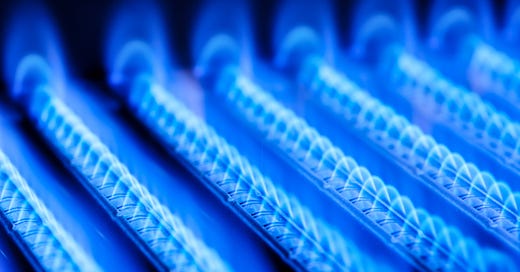








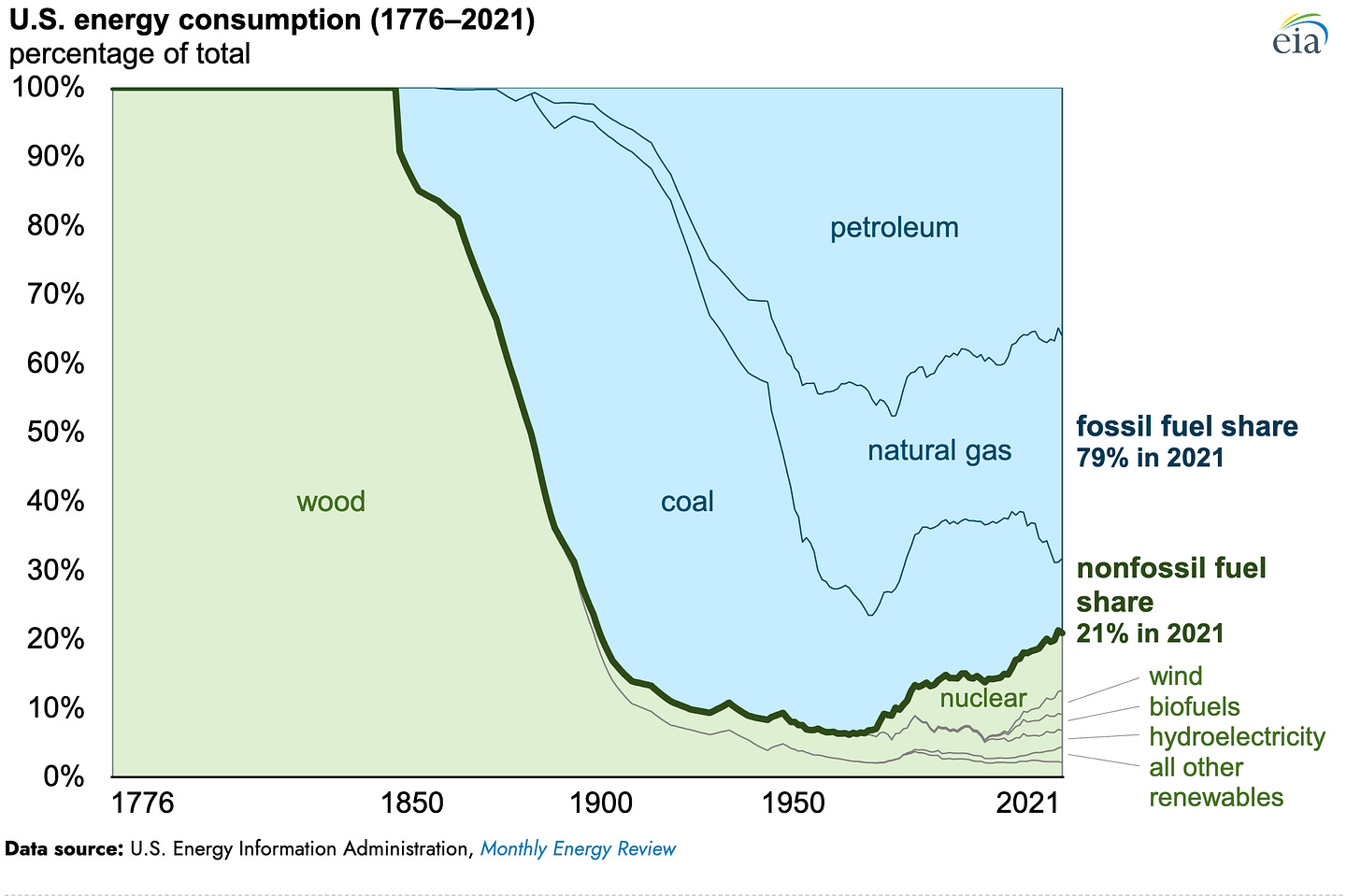

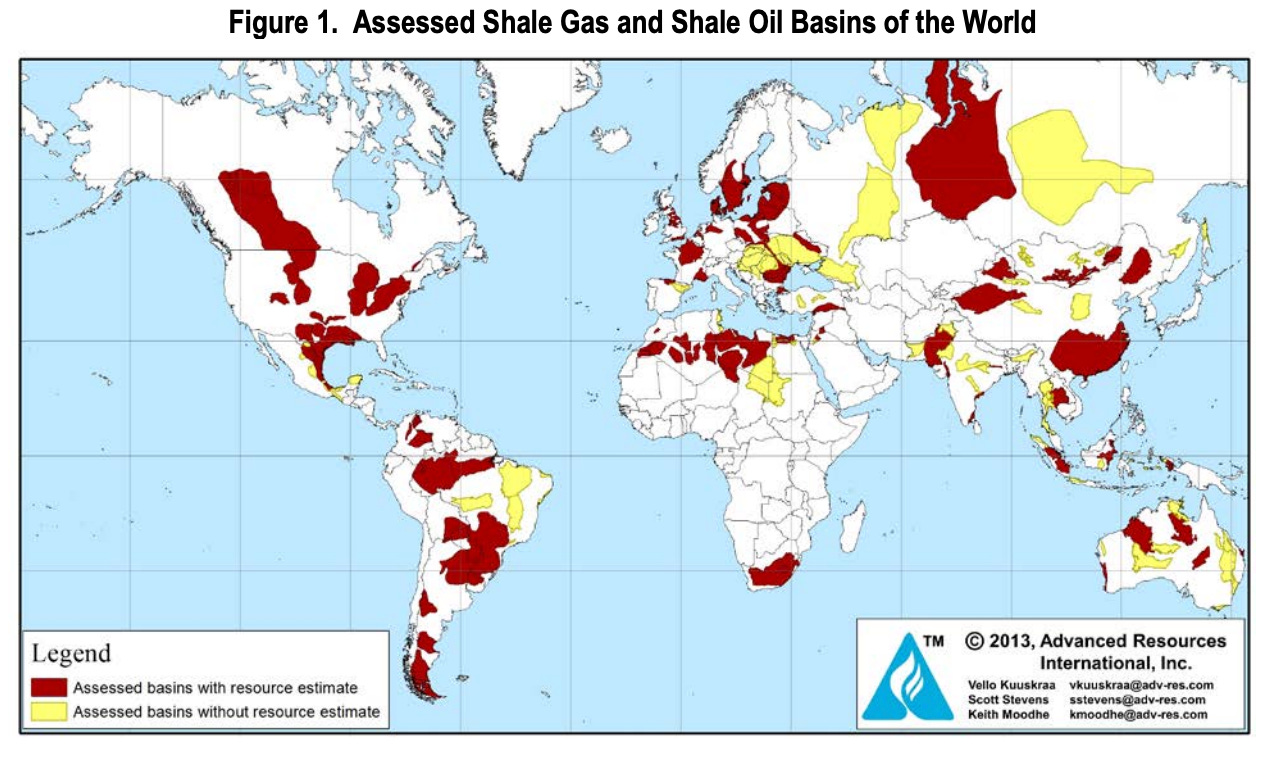
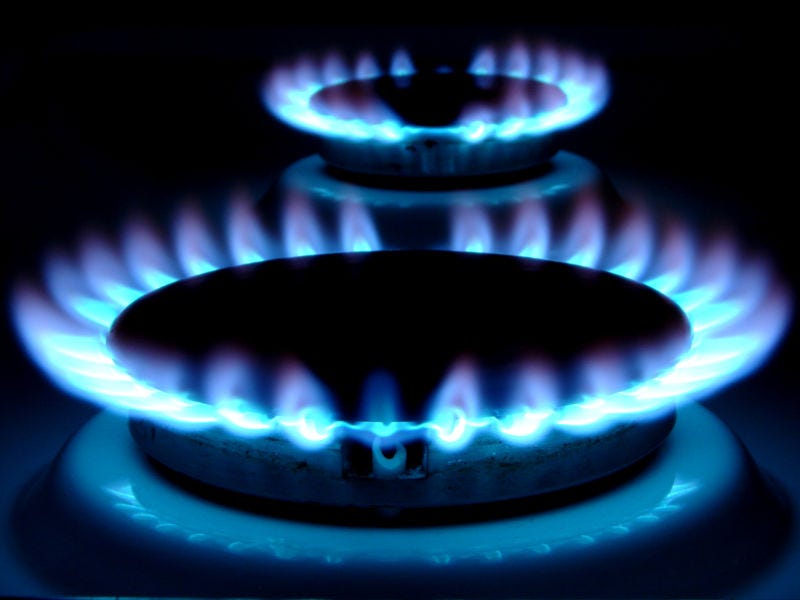
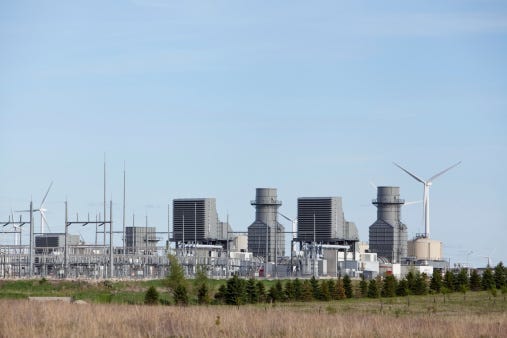
Why can’t we have a detailed engineering discussion on new sources of energy, given how long we will rely their effective energy lives and disposals thereafter.
Did I just read that Gov. Hochul of New York State wants to ban charcoal and gas grills? Like California?
Grills? You mean like what I cook summertime meals on?
And charcoal grills too? And hibachis? Those things "minority" picnickers lug to Prospect Park every summer weekend? There to use kerosene and make big barbecue fires?
I'd like to see cops try to pry those grill tongs out of the hands of Latinos with their happy boomboxes and dancing babies.
If it happens, there'll be trouble.